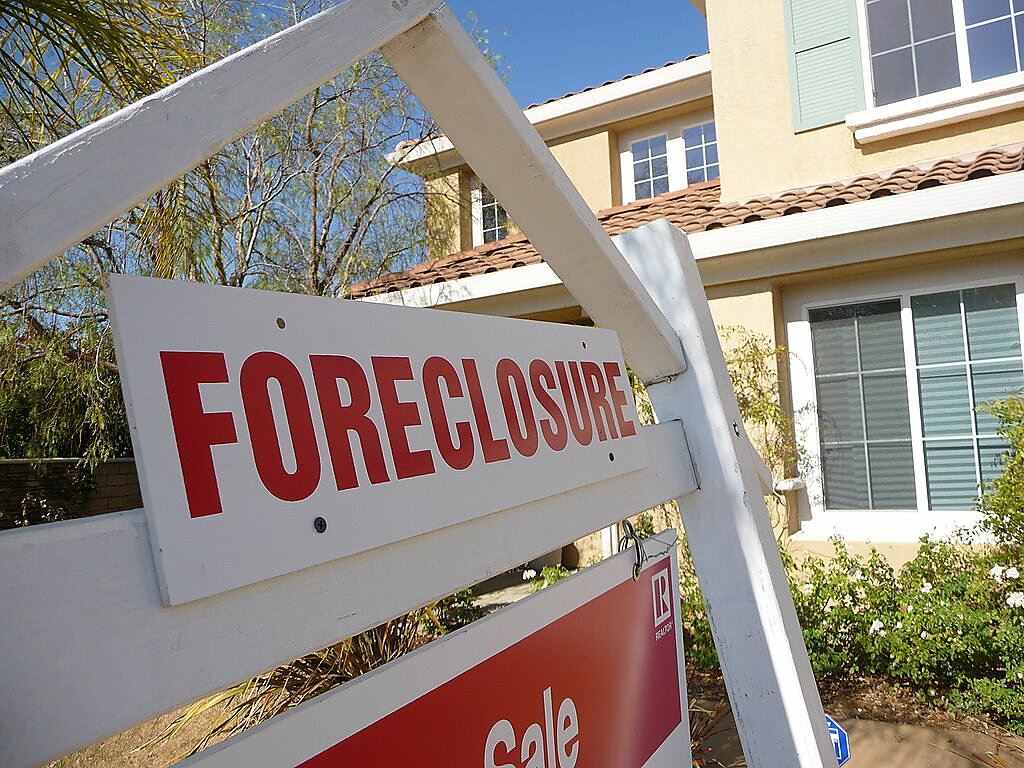Today the White House is touting record-level high school graduation rates, and taking a bit of credit for them. But is this really good news, or are we maybe looking at artificially inflated, “subprime” diplomas?
Certainly, on its face, it is welcome news that the percentage of students who entered high school four years earlier and graduated on time rose from 79 percent in the 2010-11 school year to 83.2 percent in 2014–15. (2010–11 was the first year that states were required to use a standardized graduation rate.) We definitely wouldn’t want to see that rate going down. But it does not necessarily indicate that students are better educated.
Scores on the National Assessment of Educational Progress—a federal test given to a representative sample of students, without high stakes attached—suggest that greater completion does not necessarily go hand-in-hand with greater learning. Both math and reading scores for 12th graders have dropped a tad during the Obama years, not risen. In addition, there is at least anecdotal evidence that districts have increasingly moved kids to completion with dubious “credit recovery” programs that sometimes involve very thin demonstrations of subject mastery. In other words, as seemingly happens so often, districts may be gaming the system, and many diplomas could be hollow.
This is not to say that the rising graduation rate is necessarily deceptive, and it is crucial to note that standardized test scores that seem so concrete may actually tell us little about whether we are getting what we want out of education. But we shouldn’t celebrate too lustily over the latest graduation news.

